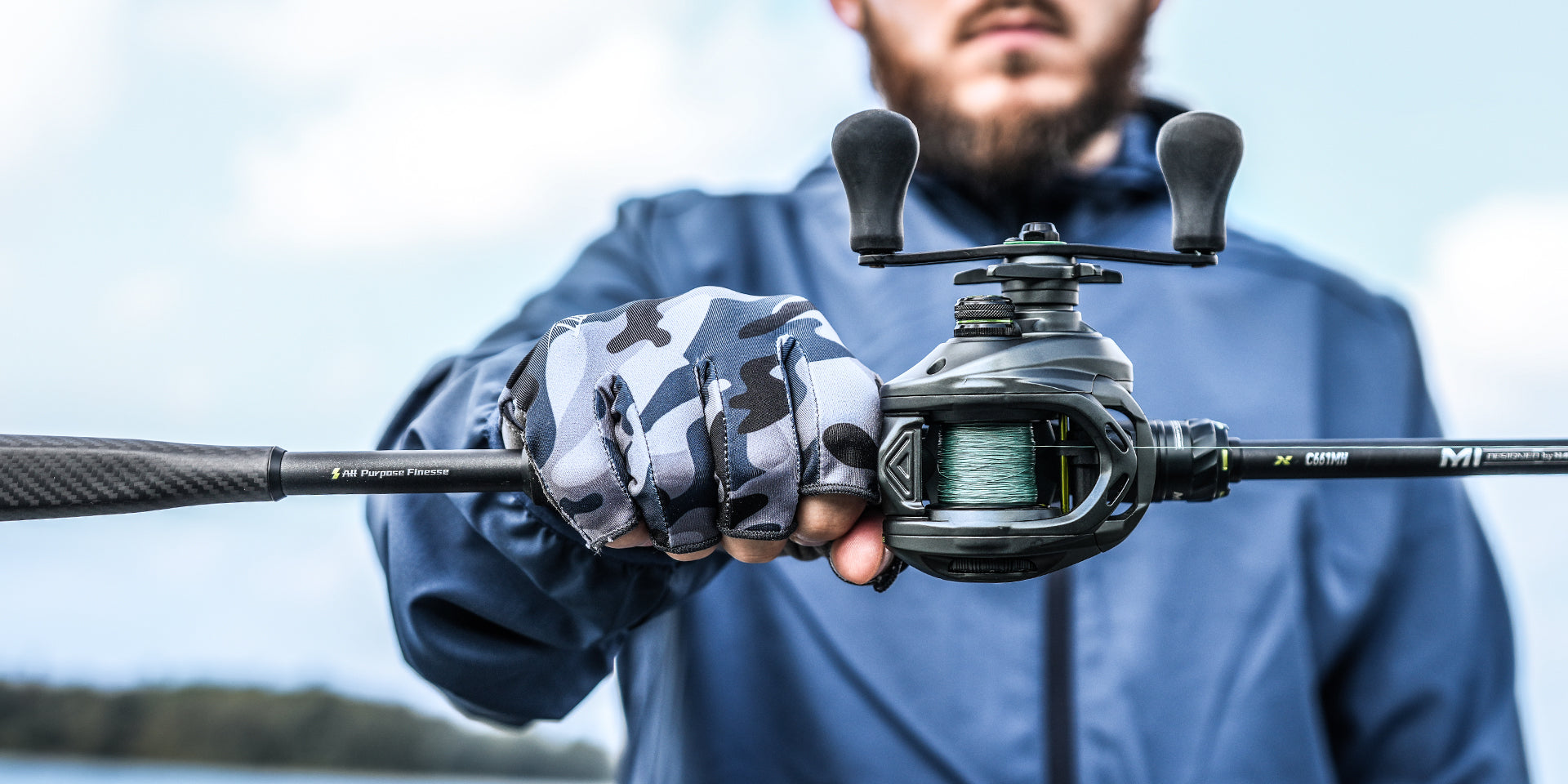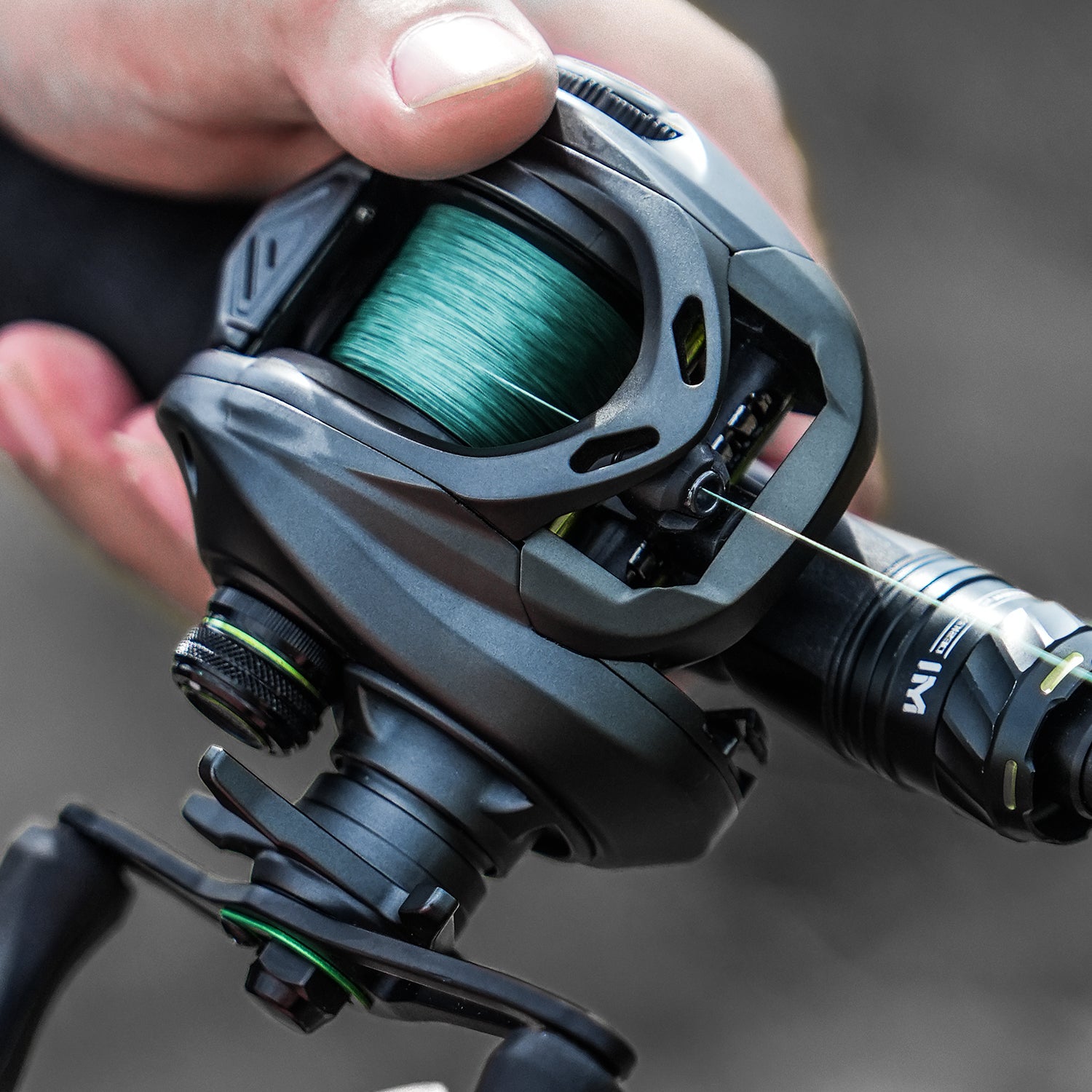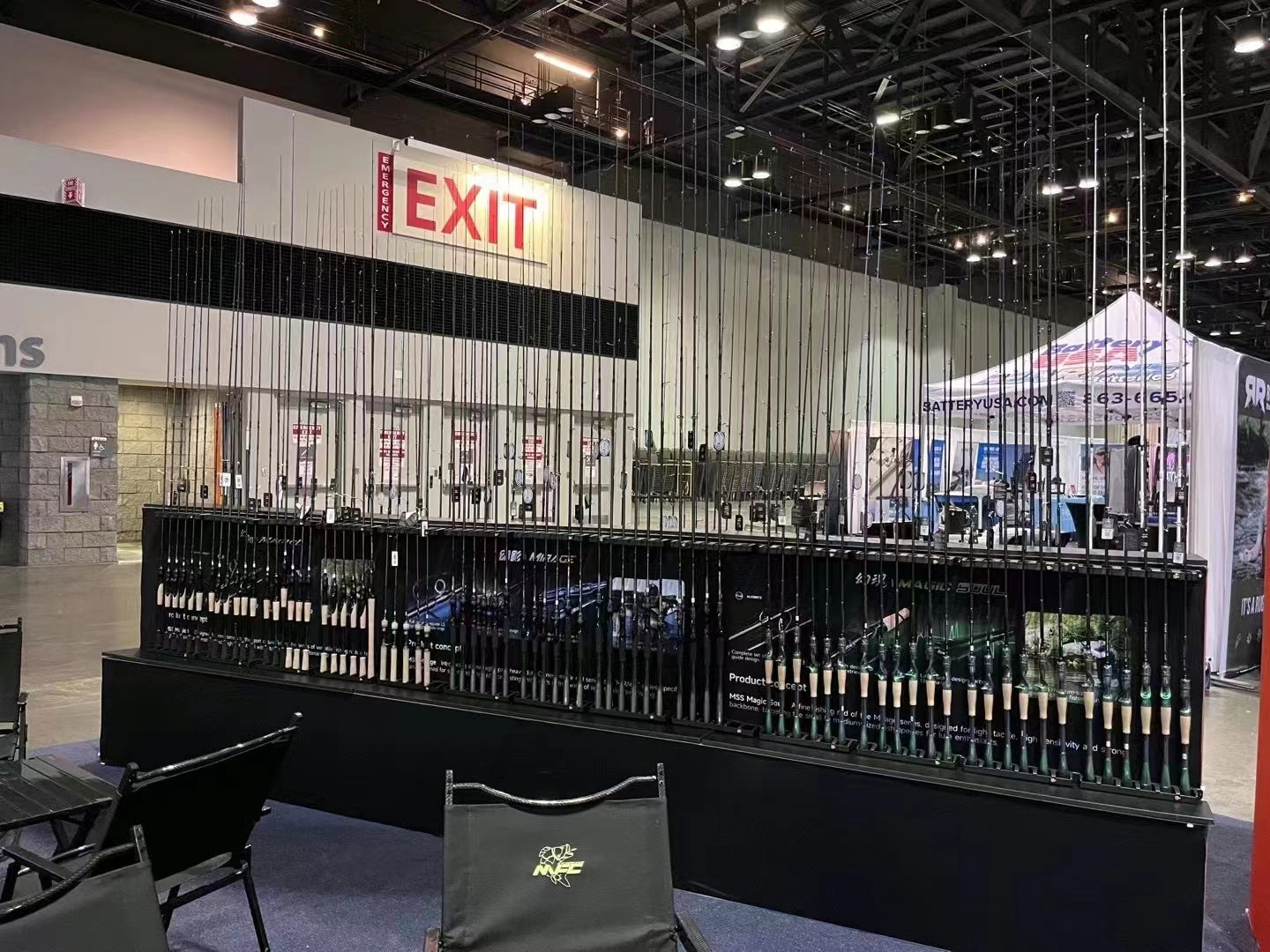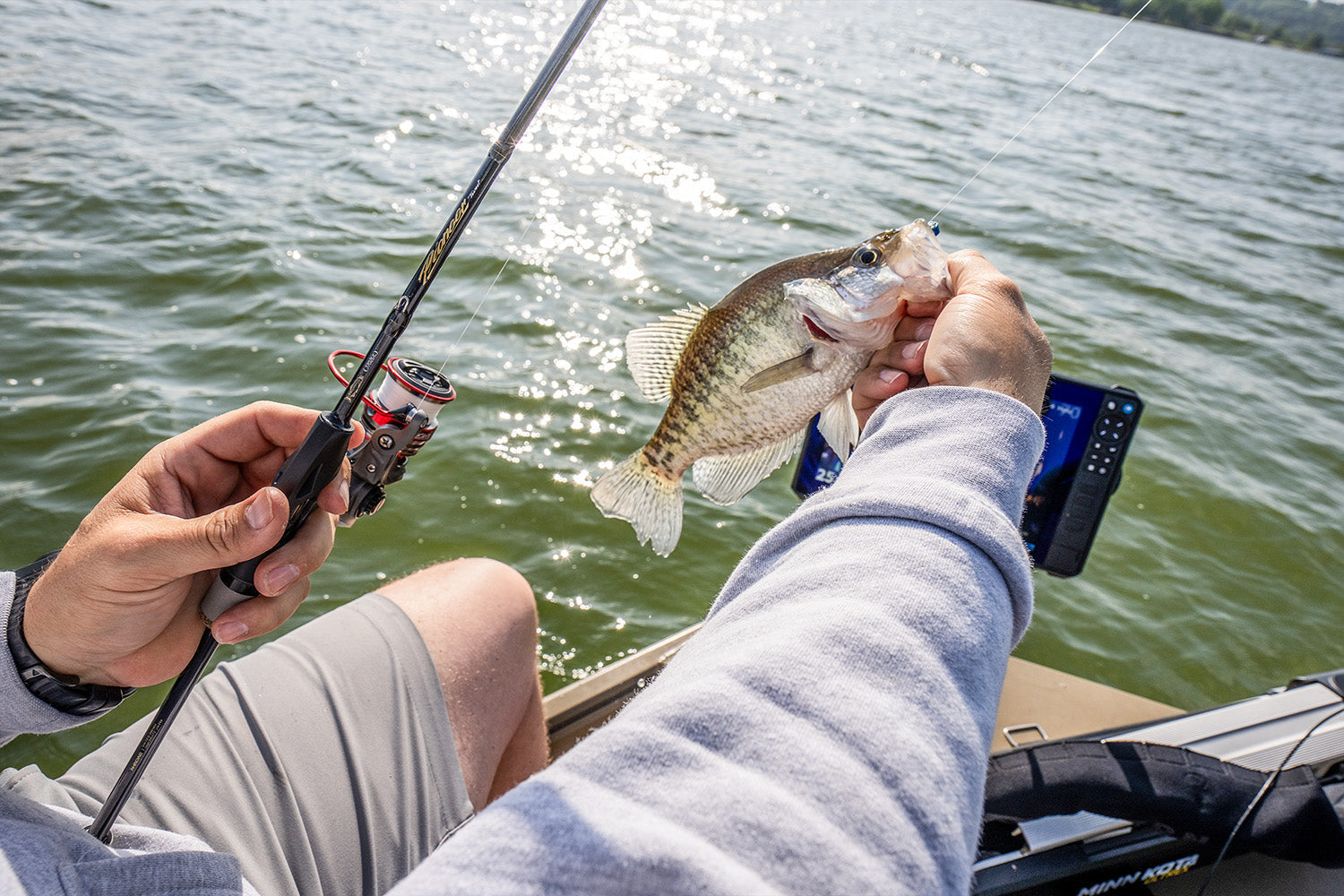Using the lightest gear possible transforms every catch into an exciting battle. This accessible style doesn't require expensive equipment or years of experience, making it perfect for beginners wanting affordable entry into fishing. Ready to experience this thrilling approach? Let's start with essential gear.
Essential Ultralight Fishing Gear and Equipment
Ultralight fishing demands specialized gear to maximize its potential. The beauty lies in the finesse, and the right equipment is paramount. Let's explore the crucial components that will set you up for success.
Ultralight Rods: The Foundation of Your Setup

The ideal ultralight rod typically ranges from 4 to 7 feet in length, with a light to ultra-light power rating. This means the rod is designed to handle very light line and lures. The rod's material affects its sensitivity and action. Fiberglass rods are durable and affordable but can lack sensitivity. Graphite rods are lighter and more sensitive, transmitting even the slightest nibble. Composite rods blend both materials for a balance of power and sensitivity.
Rod action refers to where the rod bends when under pressure. A fast-action rod bends mostly at the tip, providing excellent sensitivity and quick hooksets. A moderate-action rod bends further down the blank, offering more casting distance and better shock absorption when fighting fish. Slow-action rods bend along their entire length, providing maximum shock absorption – ideal for very light lines and delicate presentations. Understanding these rod characteristics will help you select the perfect fishing rod for your needs.
Spinning Fishing Reel: Your Mechanical Advantage

When choosing a spinning fishing reel for ultralight fishing, size matters. Look for reels in the 500 to 2000 series. These reels are small and lightweight, perfectly matching the balance of an ultralight rod.
The gear ratio determines how quickly the line is retrieved. A higher gear ratio (e.g., 6.2:1) retrieves line faster, while a lower gear ratio (e.g., 5.2:1) retrieves line slower. For ultralight fishing, a mid-range gear ratio is usually best.
The drag system is crucial for fighting fish on light tackle. A smooth, adjustable drag prevents the line from breaking when a fish makes a strong run. Look for reels with a high-quality drag system that can be finely tuned. Aluminum and graphite are popular materials for spinning fishing reels.
Line Selection: The Critical Connection
Picking the right fishing line is super important for ultralight fishing. There are a few kinds you can choose from, and each one has its own good points:
- Monofilament: A good all-around choice, monofilament is affordable, easy to manage, and has good stretch, which helps absorb shocks.
- Fluorocarbon: Nearly invisible underwater, fluorocarbon is an excellent choice when targeting wary fish. It's also more abrasion-resistant than monofilament.
- Braid: Braid offers high strength and sensitivity. It has virtually no stretch, allowing for quick hooksets, but it can be more visible to fish.
Terminal Tackle and Accessories
Small hooks in the 6 to 12 range are ideal for ultralight fishing. Their thin profile makes it easy to hook fish even with a light jerk. Use split shot weights and small jigs to add just enough weight for casting – you don't want to overbalance your rig.
Don't forget the basics: a small tackle box, line cutters, needle-nose pliers, and a small net. These will enable you to land fish quickly and easily and keep things simple, which is the idea of ultralight fishing.
How Do You Choose the Right Ultralight Rod and Reel Combination?

Balance Your Setup for All-Day Comfort
When your rod and reel are a good match, fishing becomes a lot more enjoyable. You want a setup that feels good in your hand, even after hours of fishing, without tiring you out. A good way to check is to hold the rod near where the reel sits. It should feel balanced, not too heavy at either end.
Think about what you're trying to catch when choosing your gear. What works for panfish might not be the best for trout or small bass. If you're fishing in open water, you can cast farther and use more forceful techniques. But if you're fishing in tight spots, you'll need to make shorter, more accurate casts.
Identify Quality Features in Ultralight Reels
If you're looking for a great ultralight reel, here's what to keep in mind. Smooth drag is a must-have. A jerky drag can cause your line to break and make you lose fish. Give the drag a test by pulling the line off the reel at different settings.
The weight of the reel matters, too. You want something light so you don't get tired, but it still needs to be well-made. Make sure the handle turns easily without getting stuck.
Also, think about line capacity. You only need enough line for the type of fishing you're doing. For most ultralight fishing, 100 to 150 yards is plenty, so don't go for a reel that's too big.
Budget Smart When Starting Out

You don't have to spend a lot of money to get into ultralight fishing. You can find good rod and reel combos for about $100 that will last for years if you choose wisely. Focus on the basics, like smooth operation and solid construction, instead of fancy materials or features.
As you get better, it's better to upgrade one part at a time instead of buying a whole new setup. A good reel with a basic rod will often work better than a cheap reel with an expensive rod.
Best Baits and Lures for Ultralight Success
Small Soft Plastics: Versatile Fish Catchers
Tiny soft plastic baits excel in ultralight fishing applications. Small worms, grubs, and creature baits rigged on 1/32 to 1/8-ounce jig heads create irresistible presentations. Their lifelike action triggers strikes from curious fish, while their compact size matches the scale of your light tackle. Soft plastic lures are particularly effective in ultralight setups due to their natural movement and versatility.
Color selection depends on water clarity and light conditions. Natural colors like green pumpkin and brown work well in clear water, while brighter options like chartreuse and orange excel in murky conditions or low light.
Hard Baits That Deliver Results
Tiny crankbaits and jerkbaits bring unique advantages to ultralight fishing. Their built-in action attracts fish from greater distances, while their diving capabilities allow you to target specific depth zones. Retrieve these lures slowly and steadily, letting their designed action do the work.
Small spinners and spoons create flash and vibration that trigger predatory instincts. Their compact profiles cast well on light tackle while providing versatile presentation options. Vary your retrieve speed to find what triggers strikes on any given day.
Live Bait Options
Natural baits often outproduce artificials, especially when fish are finicky. Worms, crickets, and small minnows present familiar food sources that fish readily accept. Hook these baits lightly to maintain their natural movement and appeal.
Keep live bait fresh by storing them in appropriate containers with adequate ventilation. Change water regularly for minnows and keep worms cool and moist for best results.
Mastering Basic Techniques and Casting Methods
Casting Fundamentals
Effective ultralight fishing begins with proper casting technique. The overhead cast provides accuracy and distance for most situations. Load the rod smoothly during the back cast, then accelerate forward with a crisp wrist snap. Release the line at the optimal point to achieve your target distance.
Side casts work better when fishing under overhanging trees or low bridges. This horizontal casting plane keeps your lure below obstacles while maintaining casting distance and accuracy.
Retrieval Techniques That Catch Fish
Vary your retrieve to trigger more strikes. Steady retrieves work well with crankbaits and spinners, maintaining consistent action throughout the presentation. Add occasional pauses or twitches to simulate injured baitfish – often the most productive technique for triggering strikes.
Bottom fishing with soft plastics requires patience and sensitivity. Drag baits slowly along the bottom, feeling for structure changes or fish contact. Light taps often indicate fish picking up your bait rather than aggressive strikes.
Fighting Fish on Light Tackle
Proper fish-fighting technique prevents break-offs and ensures successful landings. Set your drag to approximately 25% of your line's breaking strength. This allows fish to take line during runs while maintaining enough pressure to tire them gradually.
Keep steady pressure on fish without overpowering them. Let your rod's flexibility absorb sudden movements while the drag system handles extended runs. Patience wins more fish than force when using ultralight tackle.
3 Common Mistakes Every Beginner Should Avoid
If you're new to ultralight fishing, here are some common mistakes to watch out for:
- Using gear that's too heavy: This defeats the purpose of ultralight fishing. Use the right line and lure sizes, even if you're trying to catch bigger fish. The fun is in using light gear that's right for the job.
- Setting the hook too hard: This can break your line and lose the fish. Instead of yanking the rod like you would for bass, just apply steady pressure. The small hooks go in easily without a lot of force.
- Not setting the drag right: This is a big reason why people lose fish. If the drag is too tight, the line will snap. If it's too loose, the fish can spit the hook or get into weeds. Check your drag before you go fishing and adjust it as needed. Proper drag setting technique ensures the perfect balance between fish control and line protection.

Start Your Ultralight Fishing Journey Today
Ultralight fishing is a fun way to fish, no matter how experienced you are. Start with some good, basic gear, learn the basics, and keep practicing. Catching fish with very light tackle is a rewarding experience that you'll remember for a long time. It can also give you a greater appreciation for fishing.







